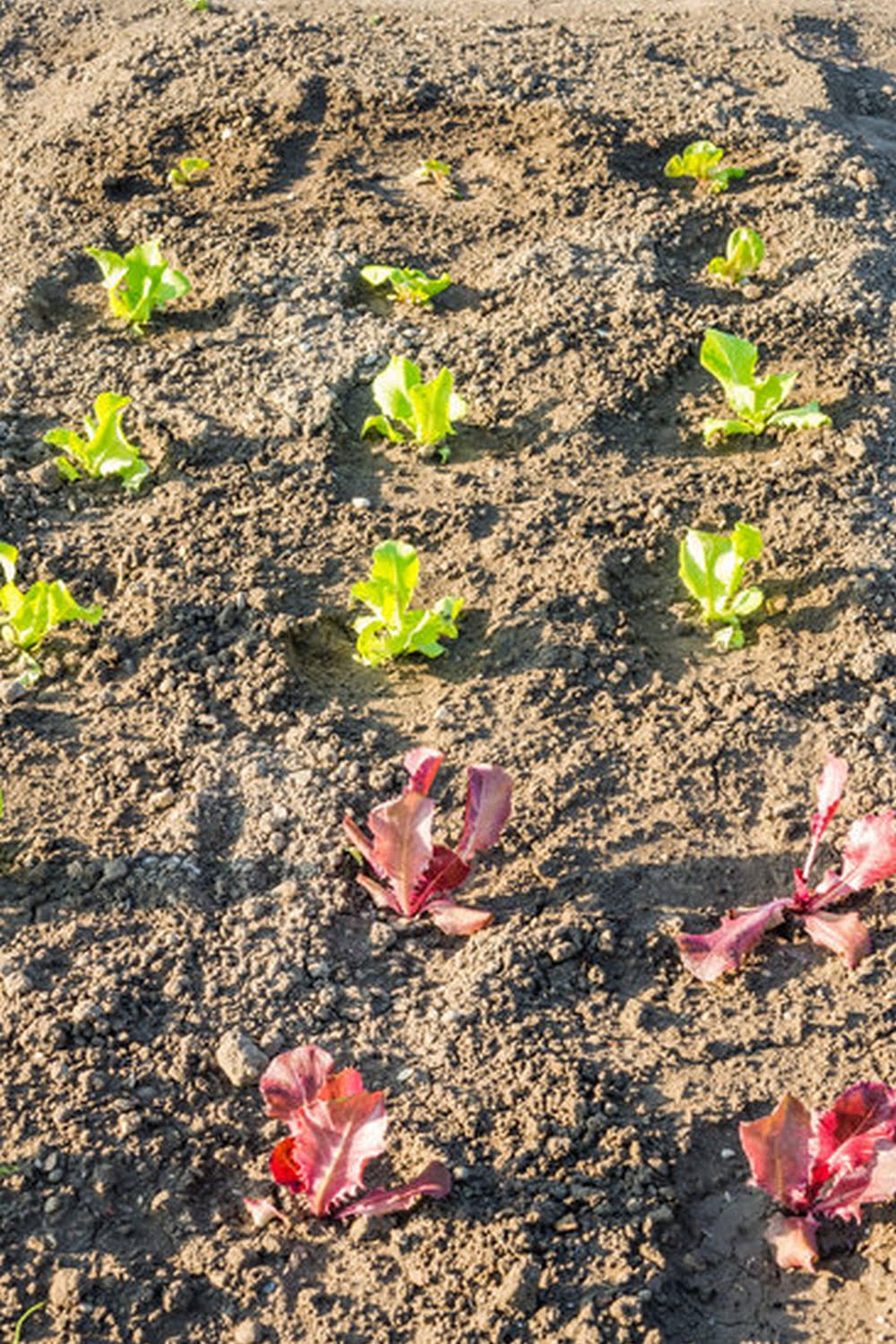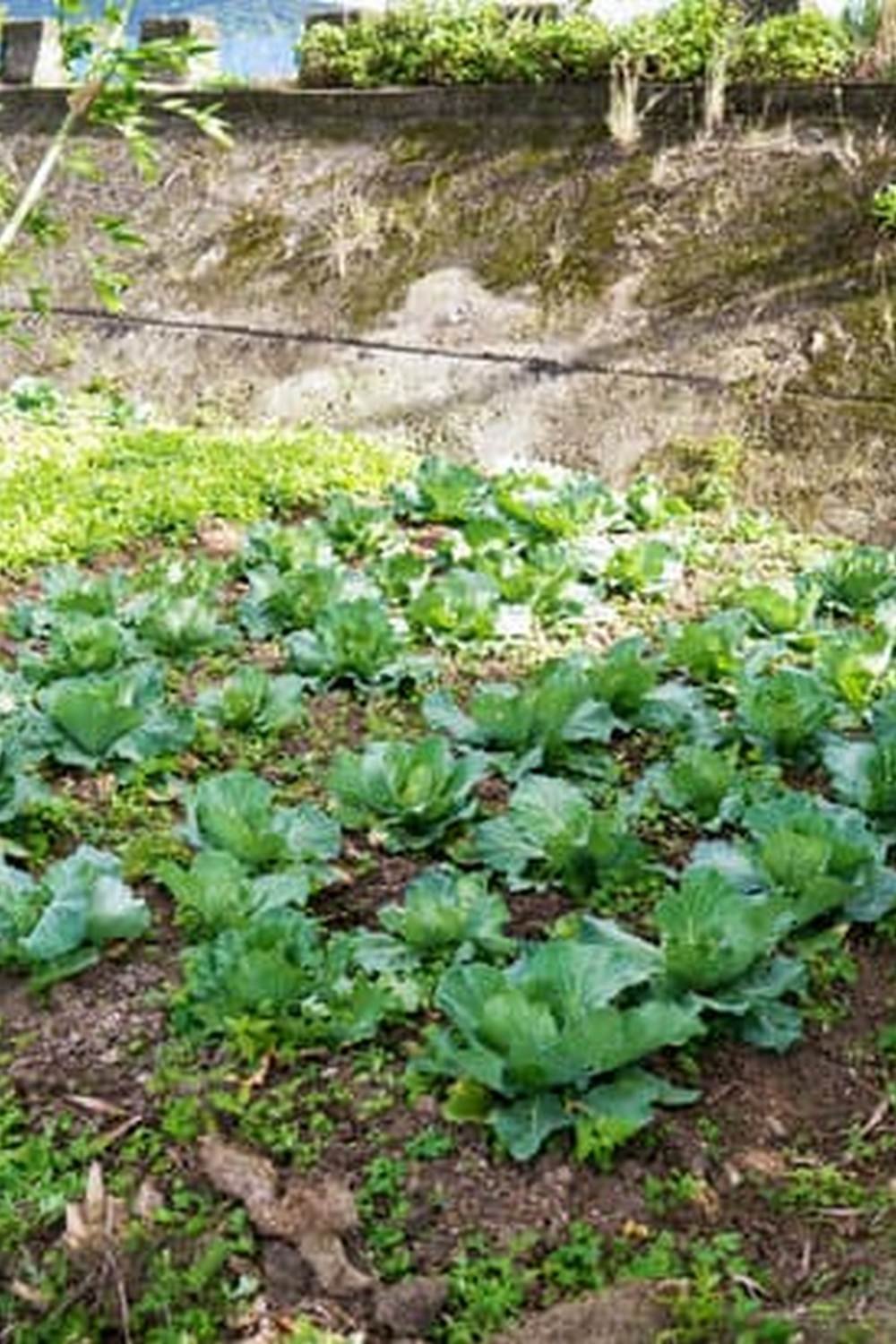Planting Vegetables Raised Garden Beds
What could be better than homegrown vegetables? Homegrown vegetables that were grown in your own backyard! There’s nothing like the taste of fresh, homegrown vegetables, and with a raised garden bed, you can have your very own vegetable garden right in your backyard.
A raised garden bed is a great way to get started with gardening. It’s easy to set up and you don’t need a lot of space. You can choose to place your raised garden bed in a sunny spot or in a spot that gets some shade. Raised garden beds are also a great way to garden if you have limited mobility.
When choosing a spot for your raised garden bed, keep in mind that the soil in your backyard may not be the best soil for gardening. You may need to amend the soil in your raised garden bed with some compost or soil amendments to make sure your plants have the best possible growing conditions.
If you’re not sure how to get started, there are a lot of great raised garden bed kits available that include everything you need to get started. Or, you can build your own raised garden bed using untreated lumber.
When planting vegetables in a raised garden bed, make sure to choose vegetables that do well in your climate. Some vegetables that do well in a raised garden bed include tomatoes, peppers, cucumbers, beans, and peas.
Be sure to water your vegetables regularly, especially during hot weather. You may also want to consider using a fertilizer to help your vegetables grow big and healthy.
A raised garden bed is a great way to enjoy homegrown vegetables right in your own backyard. It’s easy to set up, and with a little bit of care, you can have a bountiful garden full of delicious vegetables.
Raised Vegetable Garden Bed Construction
Building a raised vegetable garden bed is a great way to get into gardening or to improve your gardening skills. There are many benefits to using a raised bed, including:
1) improved soil quality – raised beds allow you to control the soil quality and drainage, which is important for healthy vegetable growth;
2) reduced pests and diseases – because the soil and plants are raised off the ground, it is harder for pests and diseases to reach them;
3) easier access to plants – a raised bed is much easier to access than a traditional garden plot, making it easier to work with plants and to harvest vegetables; and
4) better soil drainage – raised beds help to improve drainage, which can be important in areas with heavy rainfall or poor soil drainage.
There are a few things to keep in mind when constructing a raised vegetable garden bed. The most important consideration is the height of the bed. It is important to make sure that you can reach the plants easily, especially if you will be harvesting them by hand. The ideal height for a raised bed is between 12 and 18 inches.
If you are building a raised bed on top of existing soil, it is important to make sure that the soil is healthy and fertile. You can test the soil by taking a soil sample and sending it to a lab for analysis. If the soil is not healthy, you can add organic matter, such as compost, to improve its quality.
If you are building a raised bed on top of a hard surface, such as a patio or deck, you will need to add a layer of soil to the bed before planting. The soil depth should be at least 6 inches.
Once you have decided on the size and location of your raised bed, you can begin construction. The easiest way to build a raised bed is with lumber. Here is a basic guide to building a raised bed with lumber:
1) Decide on the size and shape of your bed. The standard size for a raised bed is 4×8 feet, but you can make it any size you like.
2) Cut the lumber to size. You will need two boards for the sides of the bed and two boards for the bottom. The bottom boards should be the same length as the sides, and the width of the bed.
3) Drill holes in the bottom boards. The holes should be about 3 inches from the edge of the board and should be evenly spaced.
4) Assemble the sides of the bed. Place one of the side boards on a flat surface and drill pilot holes in the board. then fasten the board to the bottom board with screws. Repeat for the other side board.
5) Attach the bottom boards. Place the assembled sides of the bed on the location where you want the bed to be. Drill pilot holes in the bottom boards and then fasten them to the ground with screws.
6) Add soil and plants. The raised bed is now ready to be filled with soil and plants.
Growing Vegetables In A Raised Garden Bed
There are many benefits to growing vegetables in a raised garden bed. One of the main benefits is that the soil in a raised garden bed is easier to work than the soil in a traditional garden. This is because the soil in a raised garden bed is not as compacted as the soil in a traditional garden. When you are planting vegetables in a raised garden bed, you do not have to worry about digging a large hole and then filling it with soil. You can simply place the vegetables in the raised garden bed and then cover them with soil.
Another benefit of growing vegetables in a raised garden bed is that you can control the soil pH. The pH of the soil in a traditional garden can vary depending on the location of the garden. However, the pH of the soil in a raised garden bed can be easily controlled by adding lime or agricultural sulfur to the soil.
A third benefit of growing vegetables in a raised garden bed is that the vegetables will be closer to the sun. This is because a raised garden bed is elevated above the ground. The vegetables in a raised garden bed will receive more sunlight than the vegetables in a traditional garden. This is important because vegetables need sunlight to produce healthy fruits and vegetables.
A final benefit of growing vegetables in a raised garden bed is that the vegetables will be protected from pests. This is because the vegetables are elevated above the ground. The pests will not be able to reach the vegetables and will therefore not be able to damage them.
Best Soil For A Raised Bed Vegetable Garden
Building a raised bed vegetable garden is a great way to enjoy gardening, especially if you don’t have a lot of space. But what type of soil should you use in your raised bed?
The best soil for a raised bed vegetable garden is a soil that is light and fluffy, with a good balance of nutrients. You can create your own soil mix by combining equal parts of compost, peat moss, and vermiculite.
If you don’t have access to compost, you can use a soil mix that is specifically designed for raised bed gardens. These mixes are usually made of a combination of sand, topsoil, and compost.
No matter what type of soil you use, be sure to add plenty of organic matter to help improve the soil’s structure and fertility. You can do this by adding compost, manure, or leaf mold to your soil mix.
With the right soil, you can grow a beautiful and bountiful raised bed vegetable garden.
Starting A Raised Bed Vegetable Garden From Scratch
Building a raised bed vegetable garden is a great way to start gardening if you don’t have a lot of space, or if you want to improve the soil in your garden.
You can buy a kit, or build your own raised bed vegetable garden.
If you want to build your own, you’ll need:
• a level surface
• untreated lumber (choose a rot-resistant wood like cedar or redwood)
• a saw
• a drill
• a screwdriver
• a hammer
• landscape fabric
• stakes
• a shovel
To build your raised bed vegetable garden, follow these steps:
1. Cut the lumber to the desired size. You’ll want the sides of your raised bed to be at least 12 inches high, and the length and width will depend on the amount of space you have available.
2. Drill holes in the lumber for drainage.
3. Assemble the sides of the raised bed vegetable garden with screws.
4. Cover the bottom of the raised bed with landscape fabric to prevent weeds from growing.
5. Add soil to the raised bed vegetable garden. You’ll want to add a few inches of soil to the bottom, and then pack the soil down as you add more.
6. Plant your vegetables!
If you want to make your raised bed vegetable garden even better, you can add compost or manure to the soil.

If you’re looking to get into vegetable gardening, or are just looking for some tips on how to make your current garden better, then you’ve come to the right place! My name is Ethel and I have been gardening for years. In this blog, I’m going to share with you some of my best tips on how to create a successful vegetable garden.





